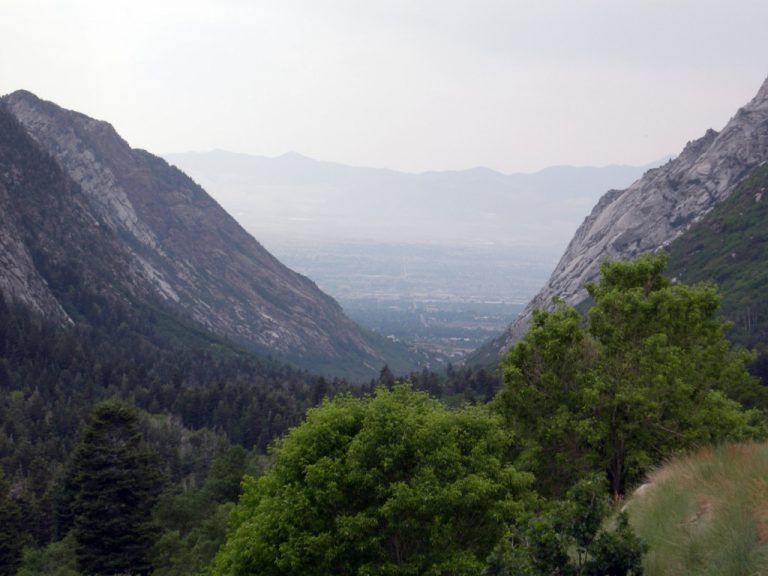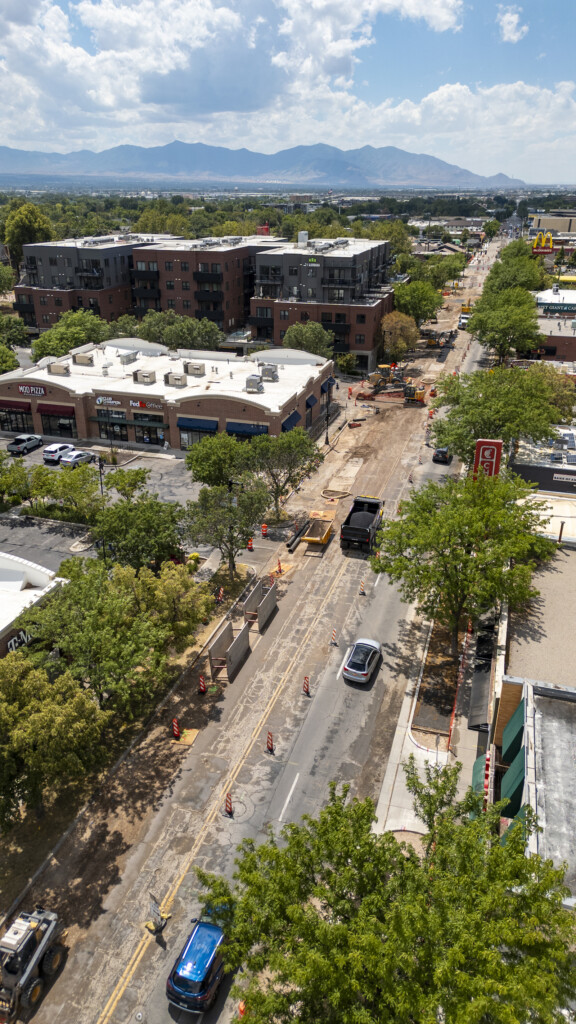We need to make the change we want, not allow the change to happen to us.—Carl Fisher
Little Cottonwood Canyon in Utah is synonymous with wilderness, natural beauty, remote uncultivated regions still in natural conditions—and recreating.
It’s been forecasted that by the year 2060, Utah will have an estimated population of 6.84 million. Compare that to today’s estimated 3.22 million.
Yet today, 2019, the environmental infrastructure in place to accommodate both the protection of Little Cottonwood Canyon’s natural beauty and protect what’s left of it, as well as preserving the people’s rights to enjoy that which belongs to everybody as much as they wish, is untenable.
Something needs to be done about it, but what?
On this episode of The Utah Stories Show, we had Executive Director of Save Our Canyons, Carl Fisher, on to talk about what can be done to further protect Little Cottonwood Canyon and other Utah canyons from the massive growth Utah is currently experiencing.
Saving our canyons
And of course, the more people transplant here, the more there will be who will want to explore the pristine areas of Little Cottonwood.
As it stands, there is no way Little Cottonwood Canyon can take on such a huge, quickly-coming rise in population.
Carl is faced with the challenge of advising governmental entities and agencies on policies that are going to best help preserve and protect the wilderness and wildness we find in our Utah canyons.
It comes down to, Fisher said, “How many people should we be allowing up in these pristine areas before we fundamentally change the environment and our water shed?”
Development
Development or not, there needs to be a new way to shuttle people in and out of Little Cottonwood Canyon.
Big developers have been coming to Utah trying to expand tourist possibilities by trying to implement such ill-conceived such as SkiLink or Wasatch interconnect, which would connect all the ski resorts along the Wasatch together, which would put even more people up on the slope, which, in turn, will make these developers a lot of money.
But more development isn’t the answer. Regardless, we have to figure a new way with less impact to shuttle visitors in and out of the canyon.
Roads don’t need to be widen by big construction projects, there doesn’t need to be anymore engineering projects up there either. Building new roads only attracts more vehicles (too many of which have only a single occupant).
There are mornings where driving up Little Cottonwood Canyon is like driving downtown from American fork during rush hour.
“I think we can use existing infrastructure more wisely to solve the problem,” Carl said. “Several park and ride lots around the valley are needed to help service the people going up and down Little Cottonwood Canyon, or Have transit lines in the valley connecting to canyon routes year around.”
But Carl doesn’t believe the problem can be attributed only to Corporate wolves masquerading as sheep. He said, “The toughest nut to crack in Little Cottonwood Canyon is a massive behavioral issue.” And emphatically: “We have to change out behaviors if we want to save our canyons.”
Changing our behavior to save Little Cottonwood Canyon
In this eye opening discussing, we talk about being more thoughtful about what we want and what we stand to lose from all of these activities in our Utah canyons.
What about a toll road? If you want to control behavior, toll roads are the way to do it. Make it pretty expensive during peak time. Carl agreed. “”We think tolling needs to be part of it.” But he also thinks the problem can be solved by buses. “Better busses, better accessibility,” he said.
We talked about these potential solutions—and others—in depth on this episode of The Utah Stories Show.
If you live in Utah, you cannot afford to miss this utmost important discussion about the future health of our environment.
Listen to our podcast, interview with Carl Fisher:







